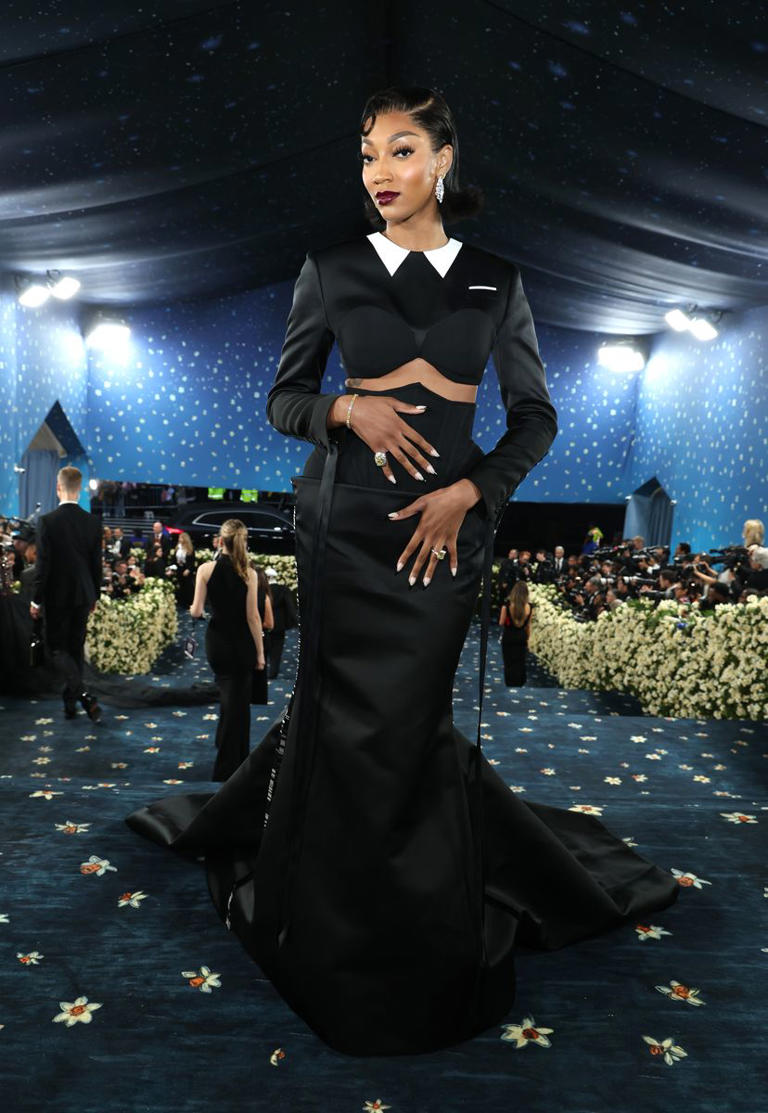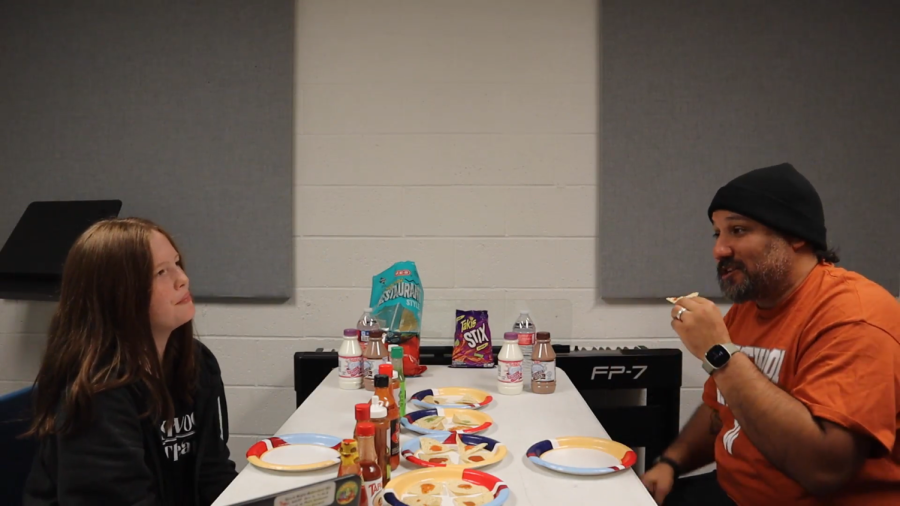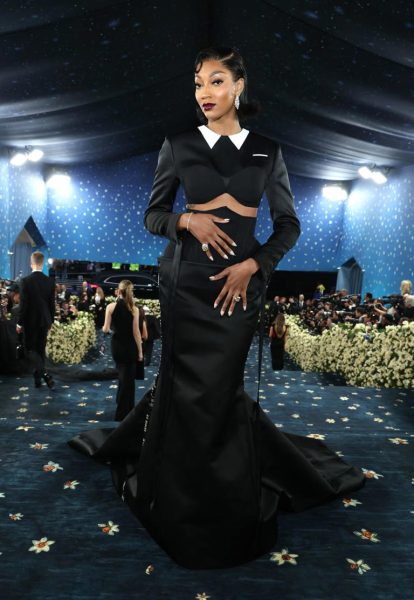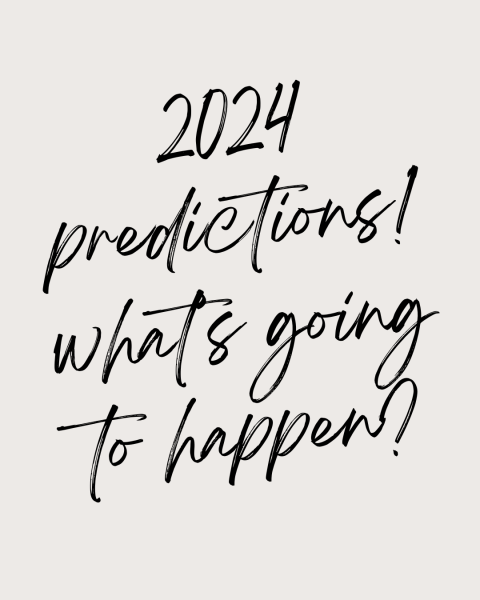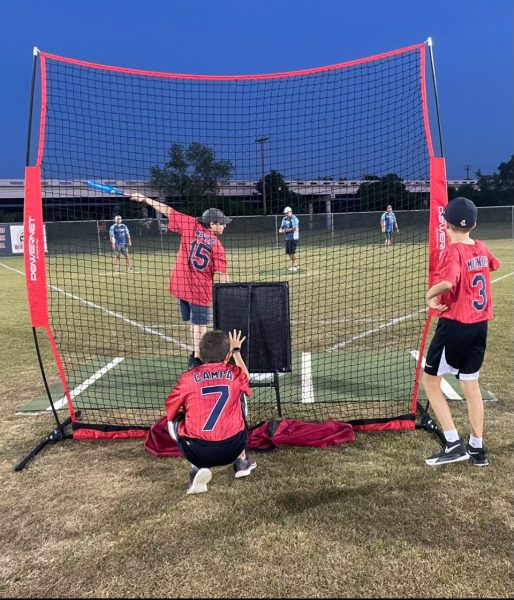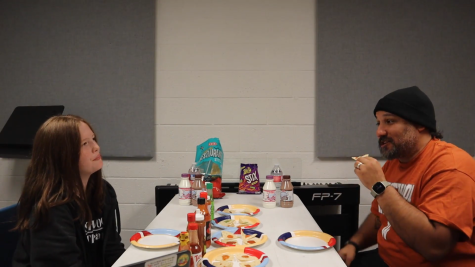How Game Freak Can Save the Pokémon Series
Among fans, recent Pokémon games have caused many to fear for the future of the franchise. Can Game Freak really fix this gaping issue?
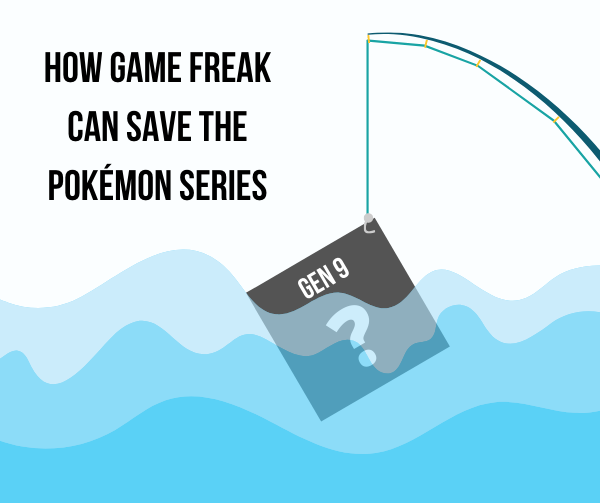
Pokémon is–and, for decades, has been–one of the most popular game series of all time. From the first-ever installment, Pokémon Red and Green, to the newest game, Pokémon Sword and Shield, the games have changed a lot. The games have passed from the Game Boy to the DS to the 3DS to the Nintendo Switch, changing their interfaces, storylines, and components as they moved. But even though this change would superficially appear to improve the game, many are concerned with the direction the franchise has taken.
History
For reference, Nintendo released Pokémon Red and Green for the Game Boy in Japan in 1996 as Pocket Monsters: Red and Pocket Monsters: Green. In the game, the player’s character catches Pokémon, trains, and defeats the eight Gym Leaders on their way to the Elite Four, all the while filling out their Pokédex with all the Pokémon of the Kanto region, the fictional country where the game is set.
People immediately latched onto this game and its story, and, as the old adage goes, “if it ain’t broke, don’t fix it”. Game Freak listened, and preserved the overall formula for the next five games. They integrated new mechanics like Super Training or Mega Evolution, and adapted to the changes in console, but players responded to them relatively similarly to earlier installments. Pokémon made itself predictable in the way your favorite meal might be–expected, but delicious every time.
But Pokémon’s steady player acclaim met a speed bump with the introduction of the seventh Pokémon game, Pokémon Sun and Moon. Set in a tropical island region called Alola, your character navigates the various Island Trials in an Island challenge. Other changes include a lack of Hidden Moves (or HM’s, in-game), and a feature that gives hints as to which moves to use in combat. Many dedicated Pokémon fans weren’t happy. Sun and Moon had done away with the formula the series had, up until then, perfected. Game Freak ignored the complaints from its fanbase and production of the next installment continued.
When Sword and Shield was introduced, it rewrote the entire script of Pokémon until that point. Made for the Switch, its interface seemed to have no relation to that of previous games. The storyline didn’t have a team of antagonists present throughout the story as the others did, nor did it feature an Elite Four. Many players were also upset with how easy the game is, since many quality-of-life ‘improvements’ took away most of the challenges that made the previous games enjoyable.
In the Future
Essentially, the issue is that the series has lost its way. The solution must be that Pokémon needs to return to its roots. The next game should bring back more elements from earlier games like Gold and Silver and Ruby and Sapphire. New installments should also be selective about what they keep from recent predecessors. The next game could keep with Sun and Moon’s concept of using a different, less metropolitan culture as the setting, but leaving behind the battle cheat sheets and Rotom Map. Perhaps Game Freak could transfer the retro interface of the Game Boy games to newer consoles. Bringing back story elements like an enemy team or the Elite Four would not only improve reviews but also bring a marketable “retro” aspect.
Of course, change should be welcomed with open arms. As technology and gaming demographics evolve, so too should the games. But Pokémon should filter in the older parts of its identity too, so as not to lose its magic–and, because of that, its following.

Sabrina Kim loves to write, draw, knit, and act, among many other things. She's got a stack of books a mile high and not enough time in the day to read...

